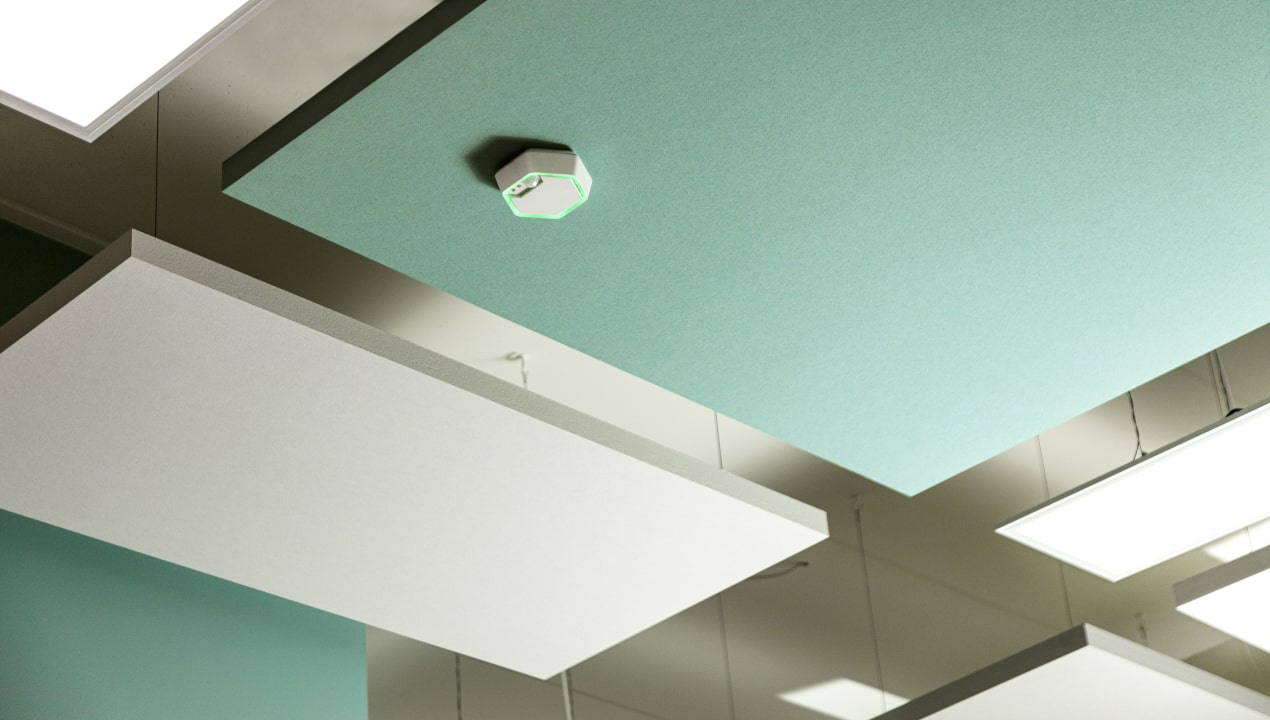Nearly 50% of Estonia’s CO2 emissions are generated by the construction and real estate sector. In cooperation between entrepreneurs and experts, the Green Tiger Construction Roadmap was developed in the spring of 2023. The roadmap sets the goal to reduce CO2 emissions in the construction and real estate sectors by 85% by 2040, and gives suggestions on how to reach that target. Bisly’s intelligent building technology helps reduce the environmental footprint of the real estate sector and make buildings energy-efficient.
When it comes to the construction sector, pollution can be reduced by improving the floorplan of rooms, dense population and measuring the CO2 levels of buildings. Finalized in March, the 2040 Construction Roadmap recommends starting to measure the carbon footprint of new buildings, set CO2 limits, and measure the carbon footprint of floorplans and mobility. The calculation of carbon footprints of buildings will start already from 2027 in the European Union.
Cost-efficient decisions, that’ll help make the real estate and construction sector environmentally friendly and reduce the footprint of the sector, can already be made today. Bisly’s intelligent building technology now helps to conserve energy and reduce the carbon footprint of many homes and offices. “Our mission is to make buildings energy-efficient thanks to a needs-based use, allow managers to get an overview of what’s happening in the building even from a distance, and thus be more comfortable and effective in their position. That way, we can ensure significant savings in administrative costs and reduce the carbon footprint of the entire construction and real estate sector,” commented Siim Vips, the CEO and co-founder of Bisly.
There are even more indirect effects of how intelligently managed buildings help to care for our environment. When it comes to intelligent buildings, you can open the door of a home or office even from a distance. That way, you can easily allow entry to your child in case they’ve forgotten their key or let the delivery person in via the Bisly app on your phone. The carbon footprint you would’ve produced by driving home and back to work is now eliminated from the process. Building managers will be able to get an overview of what’s going on in the building from their smart phones or computers, without having to make the drive to check on the building themselves. Most problems can easily be solved remotely.
In an intelligent building, all of the equipment works in consideration with each other and on a need-basis. If we’re not wasting, we’re energy-efficient! Heating and cooling won’t work at the same time and ventilation will only increase its intensity when there’s more people in the room and the CO2 level is higher than what’s considered normal. Smart lighting is also one of the main features of an intelligent building. Lights controlled by a motion sensor will only turn on when there’s people in the room, and they won’t operate on full intensity if the room also gets sunlight. Living in an intelligent building is nice and healthy, as the system ensures the best living environment and makes all the necessary decisions automatically.
Find out more about the roadmap by the Green Tiger HERE.


